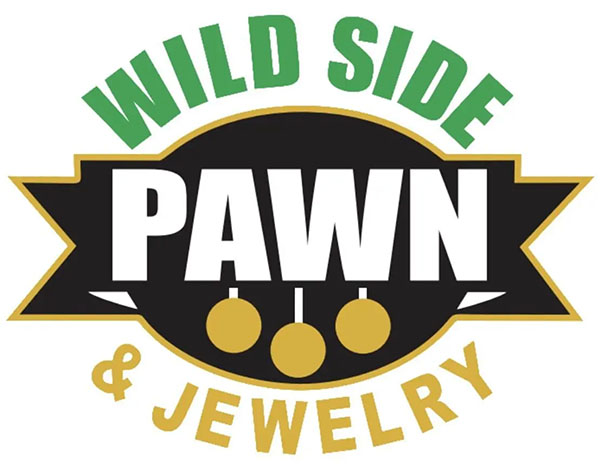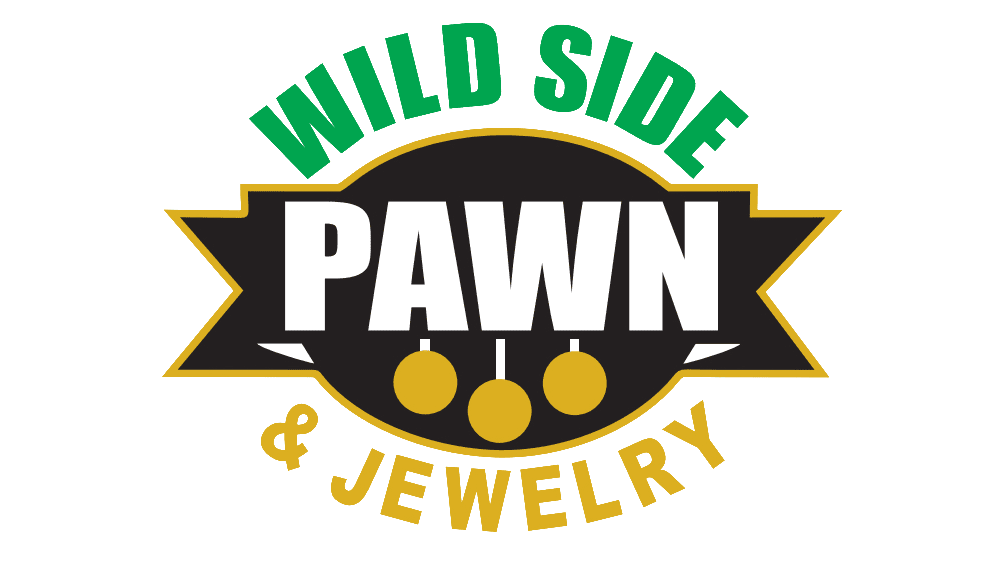What is Bullion? Do Pawnshops Sell It?
The History of Bullion
Throughout history, the value of gold and silver has remained relatively stable, making gold and silver metals a popular choice for investors looking to diversify their portfolios and protect against inflation and economic instability.
Using precious metals as a form of currency and store of value dates back thousands of years.
- Ancient times: Gold and silver have been used as currency since ancient times. The first coins were minted in Lydia (present-day Turkey) in the 7th century BC. The coins were made of electrum, a natural alloy of gold and silver, and were stamped with a lion’s head.
- Medieval Europe: During the Middle Ages, gold and silver coins were widely used as currency in Europe. Many of these coins were minted by feudal lords and local authorities, and the value of the coins was based on the weight of the precious metal they contained.
- Gold rushes: In the 19th century, gold rushes in California, Australia, and South Africa led to a surge in gold supply, which helped fuel global economic growth. During this time, gold and silver were used to back many national currencies, and the gold standard was widely adopted as a monetary system.
- Modern bullion market: In the 20th century, the use of precious metals as a form of currency declined, but the demand for gold and silver as a store of value and investment asset continued to grow. Today, the global bullion market is a multibillion-dollar industry, with investors buying and selling physical precious metals in coins, bars, and rounds.

Investing in Bullion
Investing in bullion is a way to hold physical precious metals like gold, silver, and platinum as an asset. Here are some steps to get started with investing in bullion:
- Do your research: Before investing in bullion, it’s important to educate yourself on the market and the different types of bullion available. Consider the pros and cons of investing in different types of bullion, and research reputable dealers to ensure you’re getting a fair price.
- Determine your investment goals: Consider why you want to invest in bullion and what your goals are for the investment. Are you looking for a long-term store of value, or want to take advantage of short-term price fluctuations?
- Decide what type of bullion to purchase: There are several types of bullion available, including coins, bars, and rounds. Each has its own advantages and disadvantages, so consider which type is best for your investment goals and budget.
- Find a reputable dealer: Look for a dealer with a good reputation in the industry and competitive pricing. Some popular dealers include APMEX, JM Bullion, and Provident Metals. You can also work with the reputable pawnbrokers at Wildside Pawn and Jewelry.
- Make your purchase: Once you’ve decided what type of bullion to purchase and found a reputable dealer, it’s time to make your purchase. You can typically buy bullion online or in-person from a dealer, and payment can be made with cash, check, wire transfer, or credit card.
- Store your bullion: Once you’ve purchased your bullion, you’ll need to decide how to store it. Some investors choose to store their bullion at home or in a safety deposit box, while others use a third-party storage service.
Remember that investing in bullion, like any investment, carries some risk. It’s important to do your research, set realistic investment goals, and diversify your investment portfolio to help manage risk.
Bullion is bought and sold worldwide, but the London Bullion Market is known as the primary global market trading platform for gold and silver.
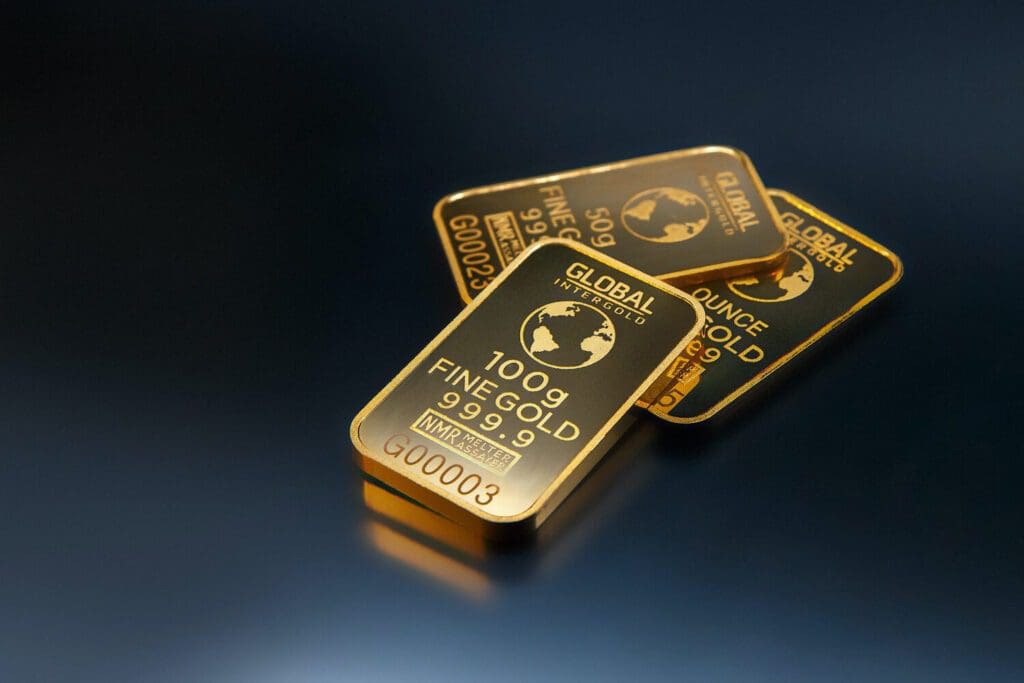
The Londan Bullion Market
The London Bullion Market Association (LBMA) is a trade association that represents the global market for gold and silver bullion. The LBMA was founded in 1987 and is based in London, UK.
The LBMA is a key player in the global bullion market, and its members include banks, brokers, refiners, and other companies involved in the production, trading, and storage of bullion. The association plays an important role in promoting transparency and good governance in the bullion market, and its activities help ensure the market remains fair, efficient, and reliable.
The LBMA’s primary role is to establish and promote best practices in the global bullion market, to ensure transparency and integrity. The association sets standards for the quality and purity of gold and silver bullion, and maintains a list of accredited refiners who meet these standards.
According to the London Bullion Market Association, the acceptable fineness of the Good Delivery Bars is 99.9% for gold and 99.9% for silver bars. The Good Delivery specification is a set of rules issued by the London Bullion Market Association.
Are All Coins Considered Bullion?
No, not all coins are considered bullion. Bullion refers to precious metals such as gold, silver, and platinum, which are in bars, ingots, or coins valued primarily for their metal content, and not for any numismatic or collectible value.
Some coins, such as the American Gold Eagle, Canadian Gold Maple Leaf, and Australian Gold Kangaroo, are considered bullion because they are minted primarily for investment purposes, and their value is based on their metal content. Other coins, such as rare or historical coins, may have numismatic value that far exceeds their metal content, and are not considered bullion.
So, it depends on the specific coin and the purpose for which it was minted.
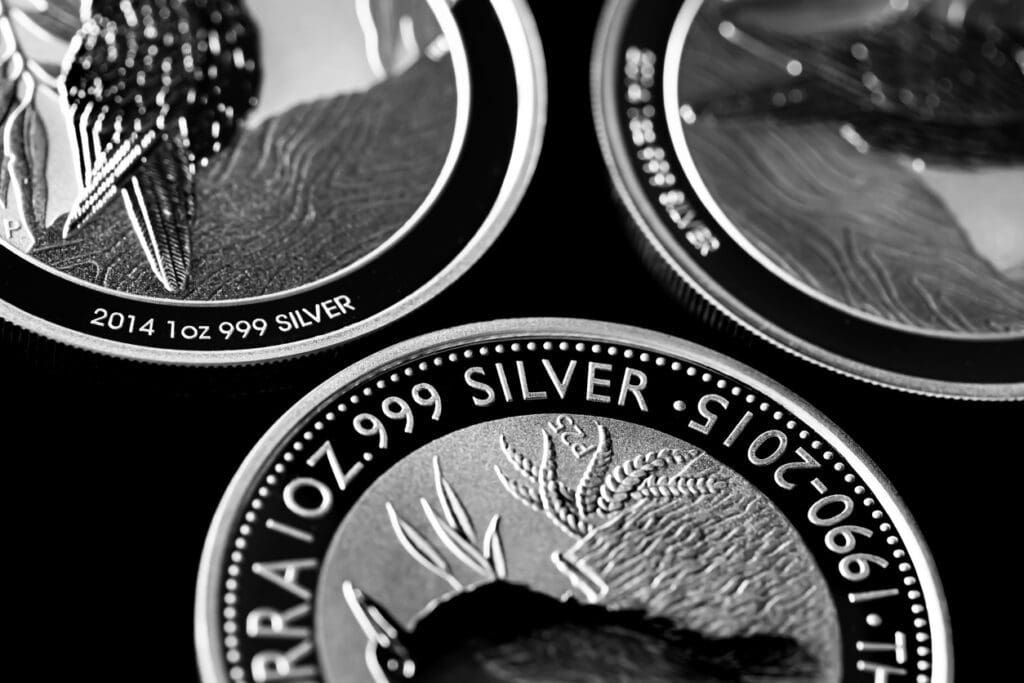
What Does Minted Mean?
“Minted” refers to the process of producing coins, typically by a government-owned or authorized institution known as a mint. The process of minting involves the creation of a design for the coin, the preparation of a metal blank, the striking of the blank with the design using a press, and the inspection and packaging of the finished coin.
During the minting process, the metal blank is typically stamped with the date of issue, the face value of the coin, and other markings that indicate its weight, purity, and other characteristics. Once the coin is struck, it is inspected for quality and then packaged for distribution or sale.
Minting is a precise and specialized process that requires specialized equipment and expertise to produce coins that meet the required quality standards.
What are Private Mints and Why are they Important in Producing Bullion Coins?
Private mints are companies that specialize in the production of bullion coins and bars, as well as other forms of precious metal products. Unlike government mints, which are typically run by national governments, private companies run private mints and do not have the backing of a government.
Private mints are important in producing bullion coins for several reasons:
- Increased variety: Private mints can produce a wider variety of bullion products than government mints, including unique designs and sizes that may not be available from government sources.
- Lower premiums: Private mints often produce bullion products at a lower cost than government mints, which can translate into lower premiums for investors.
- Flexibility: Private mints are often more flexible than government mints, which can quickly respond to changes in market demand or fluctuations in precious metal prices.
- Innovation: Private mints are often at the forefront of technological innovation, and may use new production techniques or materials to create innovative and unique bullion products.
While private mints do not have the same level of government backing or prestige as government mints, they are an important part of the bullion market and provide investors with various options for acquiring physical precious metals.
It is important for investors to do their due diligence and research the reputation and quality of any private mint before purchasing their products.
Are Private Mints Different and Government Owned Mints?
Government-owned mints are typically owned and operated by a national government or central bank, and are responsible for producing the country’s official currency. Government mints may also produce other coins and medals for special occasions or commemorative purposes. Examples of government mints include the United States Mint, Royal Canadian Mint, and Perth Mint of Australia.
On the other hand, private mints are owned and operated by private companies or individuals, and produce bullion coins and bars that are not legal tender but valued for their precious metal content. Private mints may produce coins or bars in various sizes and designs, and they may be authorized by certain governments to produce bullion coins that are not official currency, but may be recognized and accepted in certain markets.
Private mints may also offer customization and personalization services, such as producing custom designs or inscriptions for clients. However, it is important to note that not all private mints produce high-quality products, so it is important to do your research and buy from a trusted and trusted source.
Does Where a Bullion Coin is Minted Matter?
Firstly, the reputation of the mint can affect the perceived quality and value of the coin. Coins minted by well-known and reputable mints may be more desirable to investors and collectors, and may command a higher premium over the spot price of the metal.
Secondly, the country of origin of the coin may affect its acceptance and liquidity in certain markets. For example, some investors may prefer to buy coins minted by government-owned mints with a long history of producing high-quality bullion, such as the United States Mint, Royal Canadian Mint, or Perth Mint of Australia. Coins minted by lesser-known or new mints may be viewed with more caution.
Finally, the specific laws and regulations of the country of origin may affect the design, purity, and quality of the coin. Different countries may have different standards for precious metal content, weight, and size, as well as different rules for the production and sale of bullion coins. For example, the American Gold Eagle coin is produced by the United States Mint and is subject to the United States regulations, while the Canadian Gold Maple Leaf is produced by the Royal Canadian Mint and is subject to Canadian laws and regulations.
While a bullion coin is minted may not be the only factor to consider when buying precious metals, it can be an important consideration for some investors and collectors.
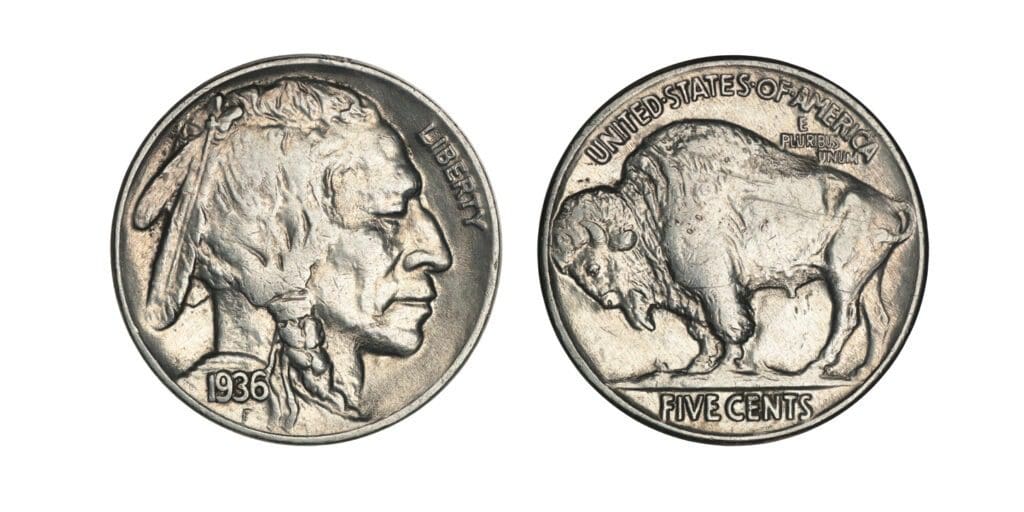
What is Better to Buy, An American Eagle or a Buffalo Head Coin?
Both the American Gold Eagle and the Buffalo Head Coin are popular choices for investors and collectors who want to buy gold bullion coins, but which one is better to buy depends on several factors, including personal preferences and investment goals.
The American Gold Eagle is a bullion coin minted by the United States Mint. It is composed of 91.67% gold, 3% silver, and 5.33% copper. It is available in four sizes: 1 oz, 1/2 oz, 1/4 oz, and 1/10 oz. The coin features an obverse design of Lady Liberty holding a torch and an olive branch, and a reverse design of a bald eagle with an olive branch in its talons.
The Buffalo Head Coin, also known as the American Gold Buffalo, is a bullion coin minted by the United States Mint and composed of 99.99% gold. It is available in four sizes: 1 oz, 1/2 oz, 1/4 oz, and 1/10 oz. The coin features an obverse design of a Native American man, and a reverse design of an American bison.
Both coins are made of gold, which is a highly valued and sought-after precious metal. However, the American Gold Buffalo contains a higher percentage of gold purity than the American Gold Eagle, which may be an advantage for some investors who want to buy gold bullion coins with the highest possible gold content.
That being said, the American Gold Eagle has been in production longer than the American Gold Buffalo and may be more recognizable to some investors and collectors, potentially making it more liquid in certain markets.
Ultimately, whether to buy an American Gold Eagle or a Buffalo Head Coin depends on your personal preferences, investment goals, and current market conditions. It is important to do your research, consider the advantages and disadvantages of each coin, and buy from a reputable dealer.
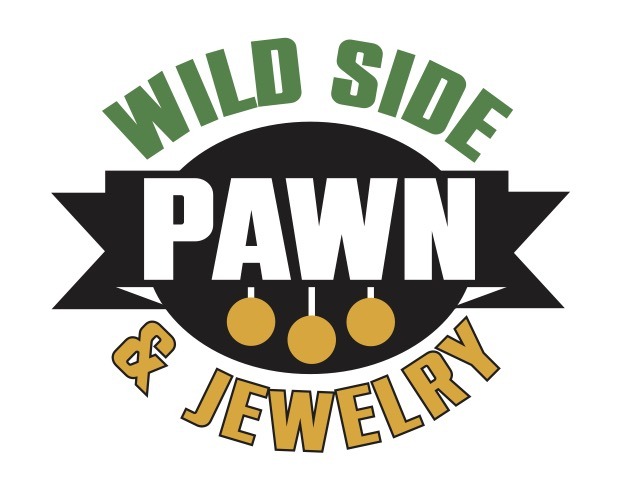
Wildside Pawn And Jewelry
At Wild Side Pawn & Jewelry, they offer your cash today for your Gold & Silver item(s). The offer depends on the day’s current spot price, as it changes constantly. Spot price is the market value of the precious metal on the day you decide to sell or pawn.
Bring your Gold & Silver items down to one of their two locations in Florida, and they will inspect and authenticate your item(s) and let you know what they can offer. It is your choice to outright sell your item(s) to them, or you can choose a pawn loan where you can purchase your item(s) back from them with interest.
If you are looking to purchase gold or silver coins or bars, visit one of our locations in Stuart or Port St. Lucie, FL to see the current inventory. Or you can call them today with any questions you may have, and see if they have what you are looking for in stock.
They also buy, sell, and pawn diamonds and jewelry, tools, musical instruments, fishing equipment, and other valuable pre-owned items. Why pay more at other retail stores when you can get what you need at Wildside Pawn and Jewelry?
